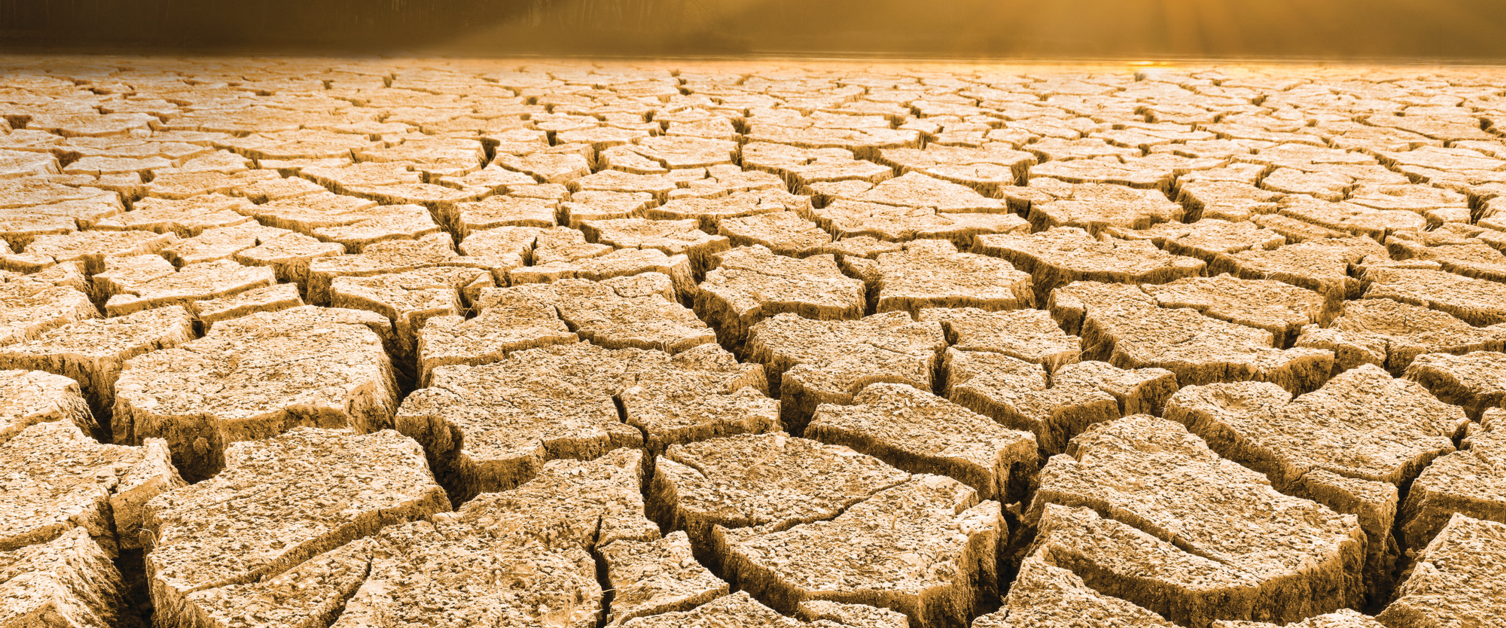In Search of Drought
- Parcels, BAMS
- By AMS Staff
- Feb 7, 2023
Cracked desert floor
Photo Credit: iStock.com/Ladislav Kubeš
In Search of Drought
“We're looking at drought differently by bypassing precipitation altogether…”
—Brandi Gamelin of Argonne National Laboratory, on recent research that used vapor pressure deficit, or VPD, instead of precipitation as an indicator to predict drought in the United States. VPD is the difference between moisture levels in the air and the amount of moisture air can have in it when saturated. As Gamelin explains, “cold air retains less moisture than hot air, so the warmer the air temperature, the more water vapor it can hold, which can draw moisture out of the surface, drying it out.” This means that to look at VPD is “to primarily look at the effect of temperature and future temperature changes on drought,” she says. Gamelin and colleagues utilized temperature and relative humidity data to calculate daily VPD data. With this they developed a Standardized VPD Drought Index (SVDI) to detect short-term drought events, and they also used climate models to investigate future VPD extremes. “An extended period of higher-than-average VPD can mean that a drought is occurring,” Gamelin says. The researchers found that their SVDI was able to accurately identify both the timing and magnitude of short-term droughts; an important factor is that it uses daily data and therefore can identify up-to-date conditions, making it more useful for flash droughts than current drought monitoring methods, which utilize weekly or monthly data. Additionally, their research, which was published in Scientific Reports, showed that as global temperatures increase, extreme droughts are likely to worsen in many parts of the country. Specifically, the study showed that by the end of the century, the number of days when the VPD is above a notable dry threshold will increase (compared to the historic time frame) by 10 days along California’s coastline, 30–40 days in the Midwest and Northwest, and 100 days in the Central Valley of California. [Source: Argonne National Laboratory]
* For more content from the Bulletin of the American Meteorological Society, please click here.
